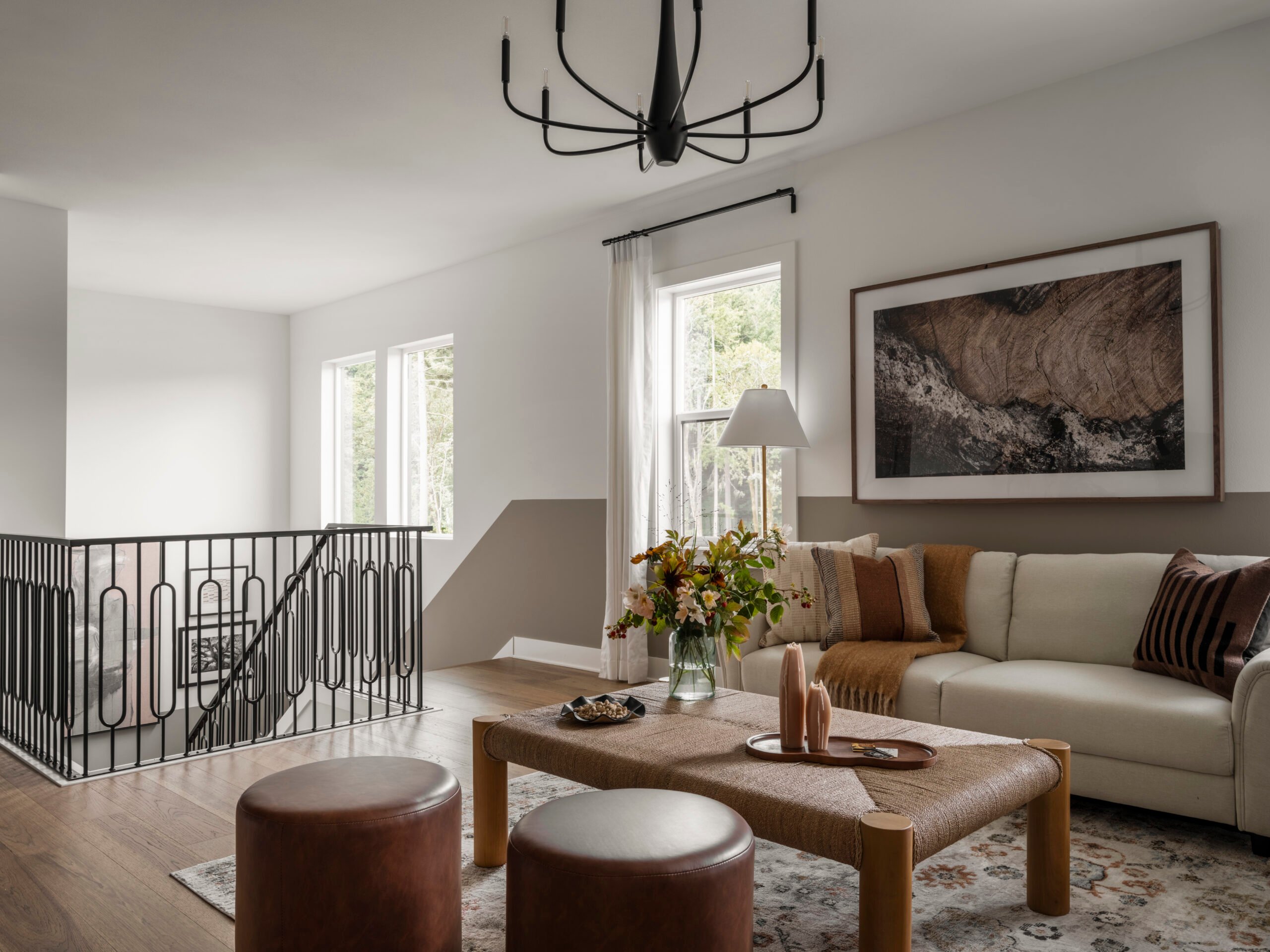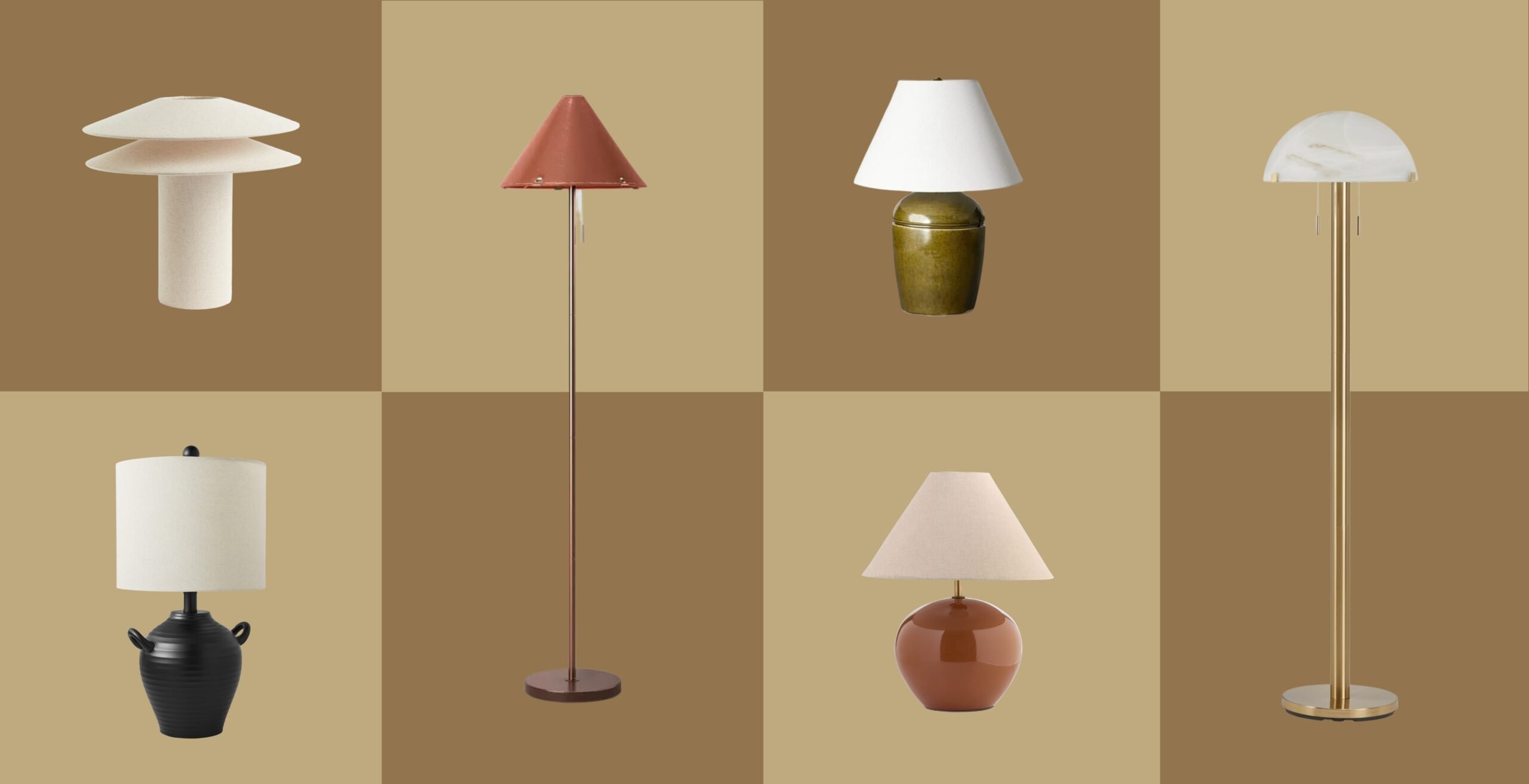Bobby Breaks Down Design Styles: What is Industrial?
Not many design styles start from such a basic and necessary idea: work. But it was just that – the factories, mills, and warehouses built for industry – that brought industrial style into the world. And while it started from a practical place, industrial design is about so much more than just getting the job done. So what is Industrial?
Today we’re delving deeper into a style that’s rooted in work spaces: industrial. While we’ve all seen a converted loft space, there’s much more to this style than just exposed brick and bright, open floor plans. There’s a history that goes back hundreds of years (keep reading for more on that) and design elements that were functional long before they were fashionable in design.
Industrial style and characteristics have also had a far-ranging influence on design today- from powder-coated finishes in lighting and furniture, raw and unfinished materials in architecture, to using metal in everything from window panes to tables to shelves. It’s also a style that pairs well with others, often acting as a blank canvas to layer pieces upon, or to bring in a gritty, more hard-edged feel to a space.
So are you ready to get industrial? We’re starting by sharing a bit of the history of industrial style (we promise not to bore you!) where it began, and the key elements you’ll see in architecture, interiors, and furnishings.
.
Want to learn more about other design styles? Check out our previous posts What is Mid-Century Modern? and What is Boho?
what is industrial?
A BRIEF INDUSTRIAL HISTORY
Industrial style was born out of (not surprisingly) industry, and the factories constructed starting in the mid 19th Century in the United States and Europe. The Second Industrial Revolution saw advances in manufacturing and the need for new buildings to house a growing workforce. Many of the features of early factories were utilitarian in nature: Large windows allowed sunlight to fill a space before electricity was widely used, large open floor plans to house machinery and equipment, and brick facades that would be more resistant to fires. Further design advancements saw cast iron and steel used, enabling taller buildings and larger warehouse spaces to be built.
The style as we know it today got its start when those formerly industrial spaces were transformed into residential living spaces and studios, beginning in the 1970s with spaces being converted into lofts for artists in the Soho neighborhood of New York City. The spaces had large windows, open floor plans (and cheap rent), which perfectly suited the needs of artists. In the ensuing decades, lofts began to gain popularity amongst other creative types, before spreading to the mainstream and all types of other commercial spaces. Now former work spaces all over the world, from garages to workrooms, to fabric mills, are being transformed into residential spaces with 21st-century conveniences, while still retaining their industrial roots.
what is industrial?
ARCHITECTURAL & DESIGN ELEMENTS
When it comes to industrial, there are a number of characteristics, both architectural and design wise, that are synonymous with the style. Here are our picks for the elements you’ll most commonly see.
- Brick walls
- Columns
- Concrete
- Converted warehouses, lofts & factories
- Exposed ductwork and pipes
- Exposed wood beams
- High ceilings
- Leather furnishings
- Large metal frame windows
- Metal accents (stainless steel, galvanized aluminum, iron)
- Metal Grating
- Open floor plans
- Open staircases
- Powder coated metal
- Repurposed machinery and vintage items
- Rolling doors
- Rustic wood
- Salvaged materials
- Tin ceilings
what is industrial?
HOW DO YOU DO IT?
Now that we’ve given you the background and all the key design components, it’s time to show you how you can make it happen in your own home.
- Add architectural details like wood beams, faux brick, and tin ceilings.
- Bring in metal accents like stainless steel, iron, powder-coated metal, or galvanized aluminum in the form of tables or seating.
- Add a rustic or reclaimed wood accent wall.
- Try a rich leather sofa or armchair with a patina.
- As decorative accents, bring in vintage industrial items, like machinery, rope, or tools.
- Source salvaged items, like metal pane windows, old sinks, cabinetry, or workbenches to incorporate.







Love your designs!!!!! It is a joy to wait and see what is coming up next. Love the explanations you give in regards to your designs and the history behind it.
Thank You Barb! -B
I stumbled across this blog while searching what boho was about after my girlfriend mentioned she was into it (spoiler: I’m not), this is some amazing content 🙂
Great article- thank you for including the history of industrial style too.
So glad you liked our story! It’s always more interesting to know where a design style comes from and how it evolved. Happy reading! xx -B